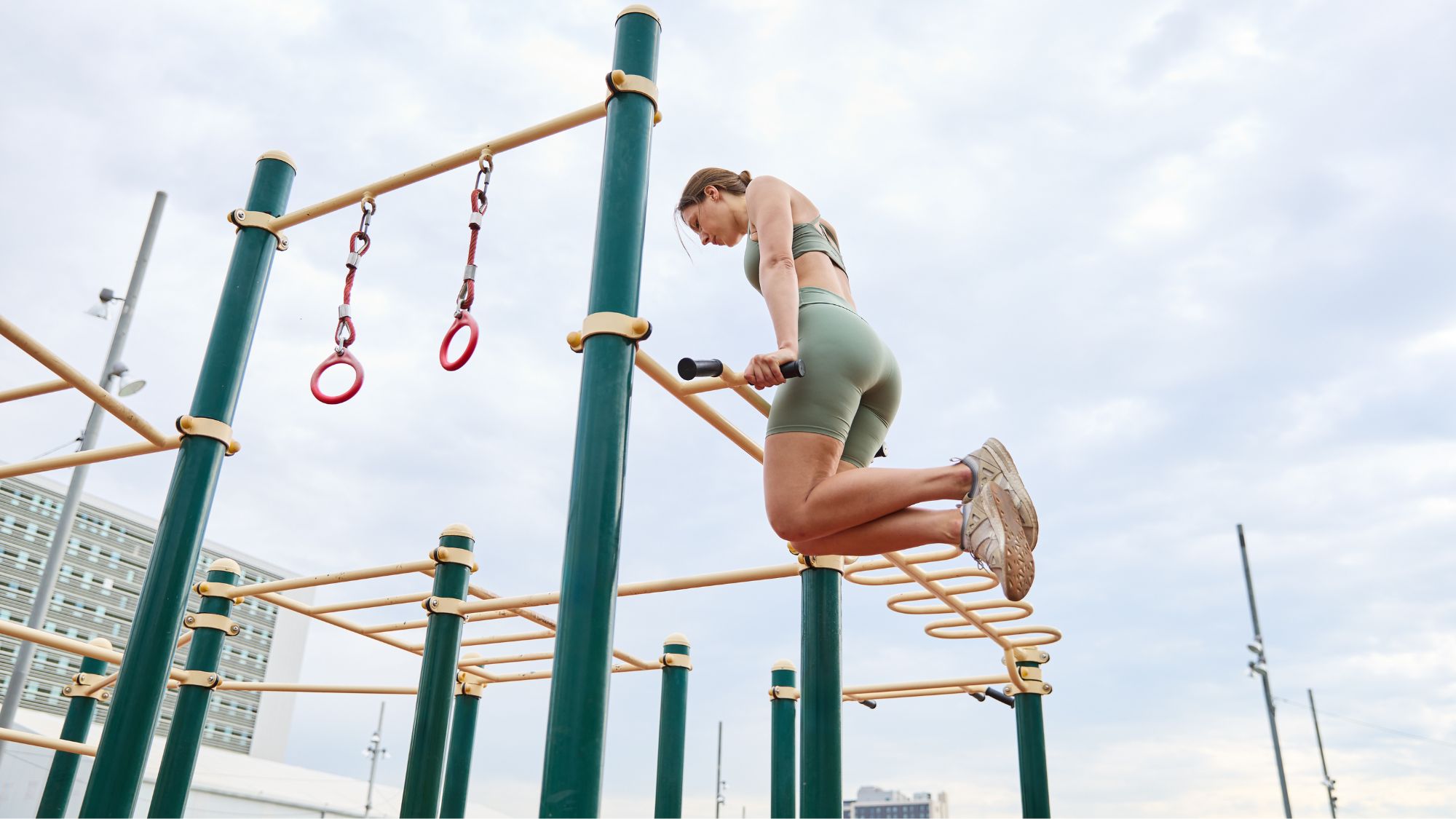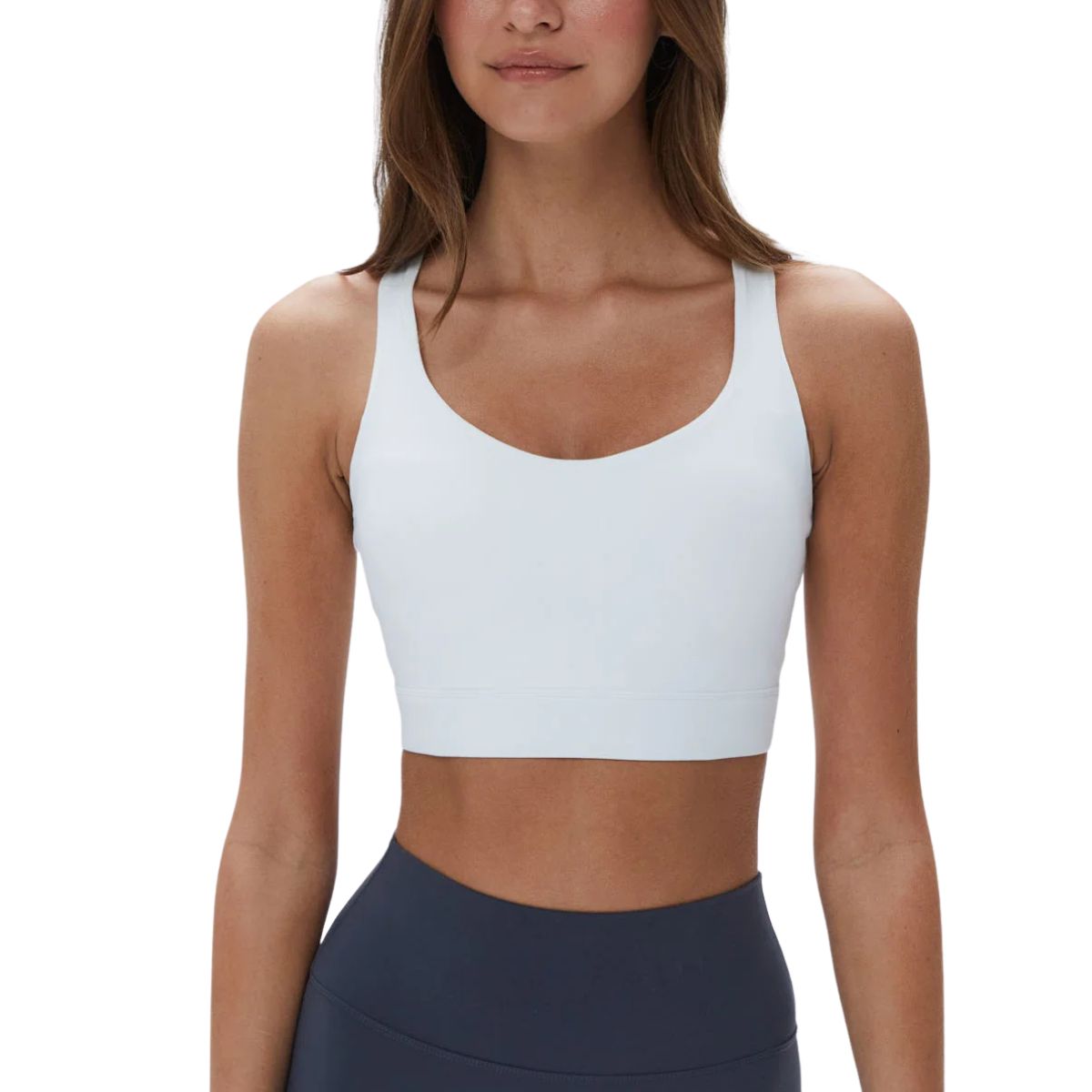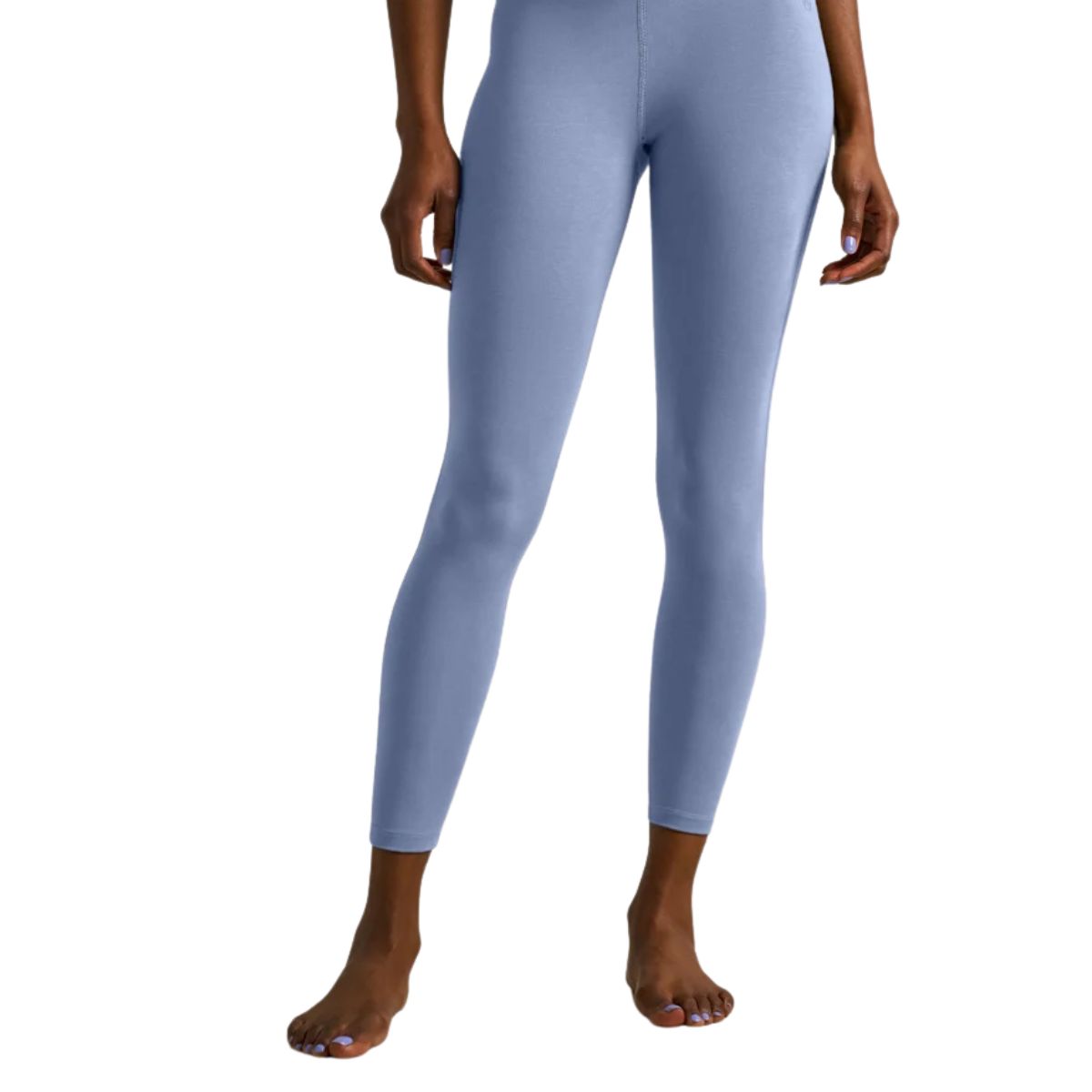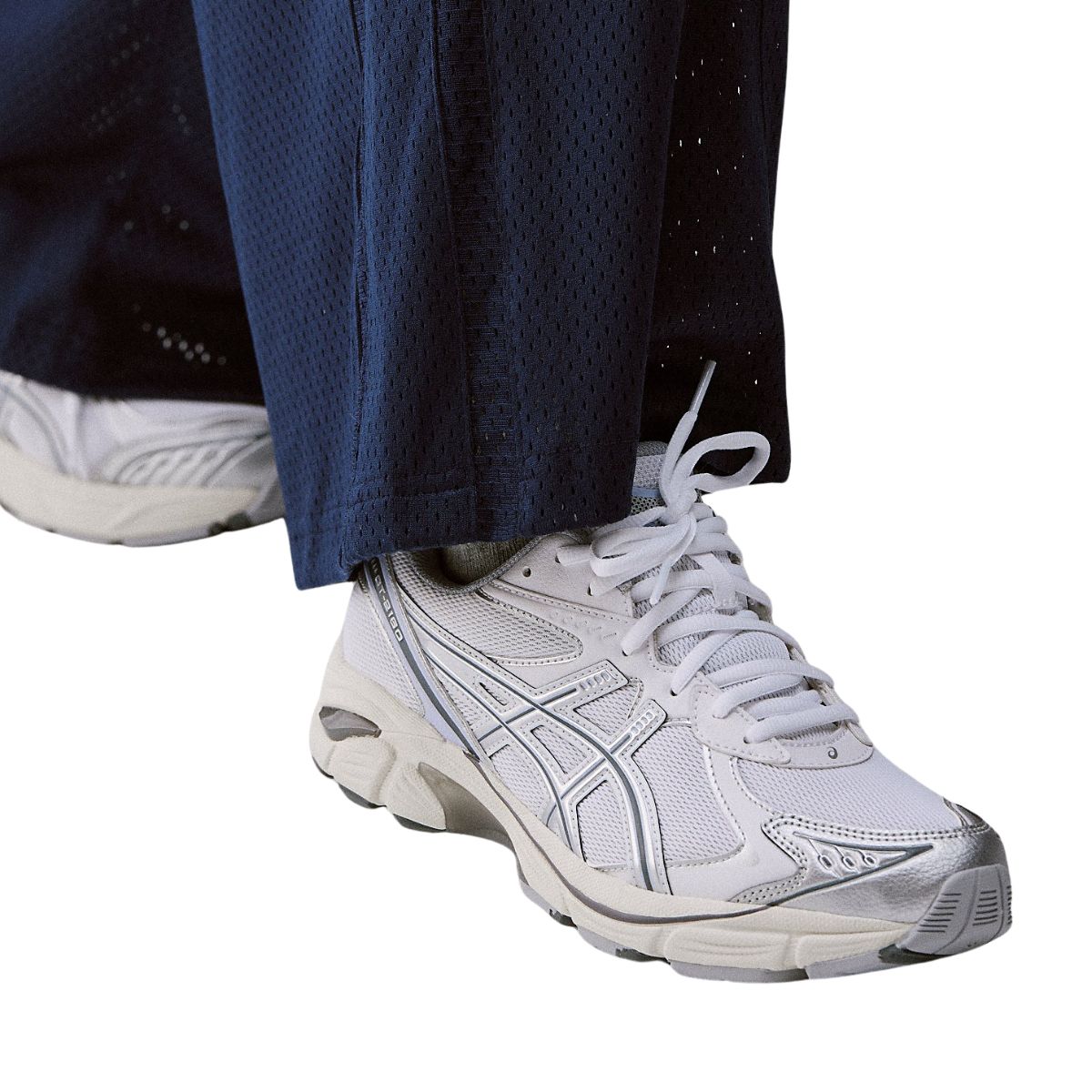Keen To Build Muscle With Only Your Bodyweight? 6 Callisthenics Workouts for Beginners Experts Swear By
Don't sleep on the benefits of bodyweight moves.


We get it, callisthenics sounds terrifying to a seasoned gym lover, let alone if you're just starting out on your fitness journey. But fear not: this trending workout is possibly the least frightening session you'll do this year, but it might also be one of the most effective.
Callisthenics workouts for beginners are currently at breakout on Google, meaning more of us than ever are searching for the moves as we scroll - and, frankly, we're not surprised. Put simply, it's a type of bodyweight training where you're working against the force of gravity, and the chances are, you're already training this way.
Sure, Google it and you'll see muscle-clad athletes pulling off extreme feats of strength (handstands and a human flag - we're looking at you), but callisthenics isn't just for gym pros. Bodyweight strength moves are simple, accessible and effective - particularly for beginners, as researchers at the University of Palermo found that callisthenics training is a "feasible and effective training solution to improve posture, strength and body composition without the use of any major training equipment."
Callisthenics training is also the perfect choice if you're interested in boosting your longevity. Studies (such as this one, published in the International Journal of Environmental Research and Public Health) show that breaking up sedentary time with callisthenics moves is associated with increased strength, steadiness and balance - all of which are vital for healthy ageing.
Keep scrolling for the best callisthenics workouts for beginners that the experts swear by, but in the meantime, do check out our guides to the best callisthenics workouts, the best bodyweight exercises, and the best bodyweight strength training exercises, here.
You don't need weights to get strong - these are the best callisthenics workouts for beginners, according to coaches
What are callisthenics workouts for beginners?
You likely know that callisthenics workouts are bodyweight sessions, but is there more to them than that?
"Callisthenics is a form of bodyweight training, incorporating exercises like push-ups, squats, planks, and pull-ups," explains James Bickerstaff, personal trainer at OriGym. "During these workouts, you’ll use your own weight as a form of resistance rather than machines or weights, to build strength, mobility and flexibility."
Celebrity news, beauty, fashion advice, and fascinating features, delivered straight to your inbox!
Callisthenics workouts for beginners focus on the four building blocks of the method, namely pullups, pushups, dips and lunges. Forget the crazy static holds you might see on TikTok - for now, at least - we're talking super functional, accessible and scaleable moves that will improve both strength and fitness - win, win.
What are the benefits of callisthenics workouts for beginners?
We know that strength and resistance training have a myriad of benefits for all of us, no matter where we're starting out from. We're talking increased cardiovascular health, reduced risk of developing diseases such as certain cancers, stroke, diabetes and more, enhanced mental health and resilience, and reduced stress and anxiety.
In addition, a callisthenics workout has a few advantages all of its own, that make it (we're calling it) the perfect entry-level workout for beginners.
1. They're accessible
Searching for an easy and convenient way to workout from anywhere? Callisthenics is where it's at.
"Callisthenics can be done anytime and anywhere, without the need for equipment," notes Bickerstaff. "This makes it a highly accessible workout, suitable for fitness enthusiasts of all skill levels that can be completed from the comfort of your own home."
2. They're progressive
An essential part of any effective strength or fitness training regime is what's known as progressive overload. Put simply, this means increasing difficulty levels as you gain strength - and yes, this does mean it'll never get any easier.
"These workouts are also easily progressive, meaning that you can make them more challenging for yourself over time," agrees Bickerstaff. "For example, you could wear a weighted vest for added resistance, or add more reps and sets as you get stronger."
3. They're convenient
Only have limited time to train? Callisthenics is the perfect choice of workout. Not only can you jump straight into it, but all you need is yourself.
"While there are some pieces of equipment that support callisthenics workouts (eg pull-up bars, dip bars and parallettes), you don’t need a gym or any equipment to be able to do a callisthenics workout," advises personal trainer Alana McKenna. "You can easily work on your callisthenics strength from home or in an outdoor space, and there are so many skills to learn, all of which have levels of scaling both upwards and downwards, which keeps it exciting and interesting."
4. They build functional fitness
“Callisthenics is one of the most functional ways to train,” says Zach Watson, strength and conditioning coach and PT at Gymshark. “It doesn’t just help you build muscle. It trains your body to move better in everyday life. You’re building strength, balance, coordination, and control all at once.
"Unlike isolated weight training that often targets a single muscle group, most callisthenics exercises are compound movements. This means they engage multiple muscle groups simultaneously. That translates into better real-world performance, whether you're lifting, running, or just carrying your groceries."
5. They build mental resilience and discipline
We often talk about the mental health benefits of training, and callisthenics is especially good for building mental resilience. You'll notice clear progress, and by challenging yourself with progressions, you'll gain a sense of confidence and pride in your newfound abilities.
"Callisthenics training doesn't just build physical strength," notes Watson. "It also enhances body control, mobility and mental discipline, making every workout more dynamic and rewarding."
Why are callisthenics workouts good for beginners?
As mentioned above, callisthenics training is excellent for beginners, whether you're starting from scratch or returning to exercise after a break.
"For beginners, going into a gym and trying to figure out equipment, machines, and free weights can be daunting," says McKenna. "Callisthenics training is therefore ideal - if you’re a beginner, you can keep it super simple, and all you need is some space and yourself.
"Additionally, exercises can be scaled down to suit your ability," she continues. "For example, if you’re wanting to work towards being able to handstand, you can find a wall and first of all practise wall walks, to get used to being upside down and holding the handstand position without staying there for too long."
6 best callisthenics workouts for beginners the experts swear by
1. 15-minute true beginner callisthenics workout
What? A simple, beginner-friendly 15-minute no-equipment callisthenics workout.
Why? This really is a true beginner's workout, covering all the foundational movements such as planks, modified push-ups, crunches and more.
How long for? Just 15 minutes.
2. 20-minute full body callisthenics workout
What? Another full-body workout you can do at home in just 20 minutes, with no equipment.
Why? While it's a full-body workout, this session focuses slightly more on the lower body, so it's a great one for doing alongside the 15-minute workout above. Do make sure you're allowing enough time for recovery, though. "Because callisthenics engages multiple joints and muscle groups at once, it places a high demand on your body. Recovery is essential,” says Watson. "Allow 48 to 72 hours between sessions that target the same muscles, and prioritise mobility, especially in the shoulders, hips, and wrists, to reduce your risk of injury.”
How long for? 20 minutes, done and dusted.
3. 25-minute full body calisthenics workout
What? A 25-minute full-body workout,
Why? Bickerstaff rates the growingannanas platform for its fun, beginner-friendly workouts. This one covers all the basics, from knee hovers and reverse planks to deadlifts and lunges.
How long for? 25 minutes.
4. 30-minute upper body calisthenics workout
What? A 30-minute upper body routine.
Why? This three-round workout is perfect for tracking your progress - the final reps should feel challenging.
How long for? Half an hour.
5. 30-minute bodyweight only leg day workout
What? A 30-minute lower body workout with YouTube queen, Caroline Girvan.
Why? All the experts recommend giving your body time to recover when doing callisthenics (or indeed any type of) training. Focusing a session on the lower body will allow your upper body to repair, ready for its next sweat session.
How long for? Just half an hour.
6. Tom Peto's 30-minute calisthenics workout for beginners
What? A half-hour full-body routine that handily also includes a warm-up.
Why? McKenna loves this workout for its variety and length. "There are tonnes of workouts you can access on Instagram, TikTok and YouTube, as well as tips for correcting form and working on skills, but the best way to get started is just by giving something a go. This workout is great as there's no equipment and it's not too long for beginners."
How long for? Half an hour.
Shop MC UK's go-to strength training kit now:
How often should beginners be doing calisthenics training?
While callisthenics training is super beginner-friendly, it's still important not to overdo it when you're just starting out. How often you want to workout will vary from person to person, but all the coaches advise prioritising consistency over quantity.
"How often to train will really depend on what your goals are and what other exercise you’re taking part in throughout the week," notes McKenna. "The main thing is consistency. If you include one callisthenics session, alongside your other fitness activity throughout the week every week, you’ll be able to see progress over time for sure.
"As a beginner, I’d recommend slowly building up from more than one session a week, as some skills/exercises can be a bit intense on things like your wrists, for example, if you’re working on handstands for the first time."

Anna Bartter is a freelance journalist who writes about health, fitness and women's lifestyle for publications including Stylist, Metro and Psychologies, among others.
She's always on a quest to find a variety of fun and functional workouts that give you the most bang for your workout buck and she's passionate about championing movement for everyone's mental and physical wellbeing.








